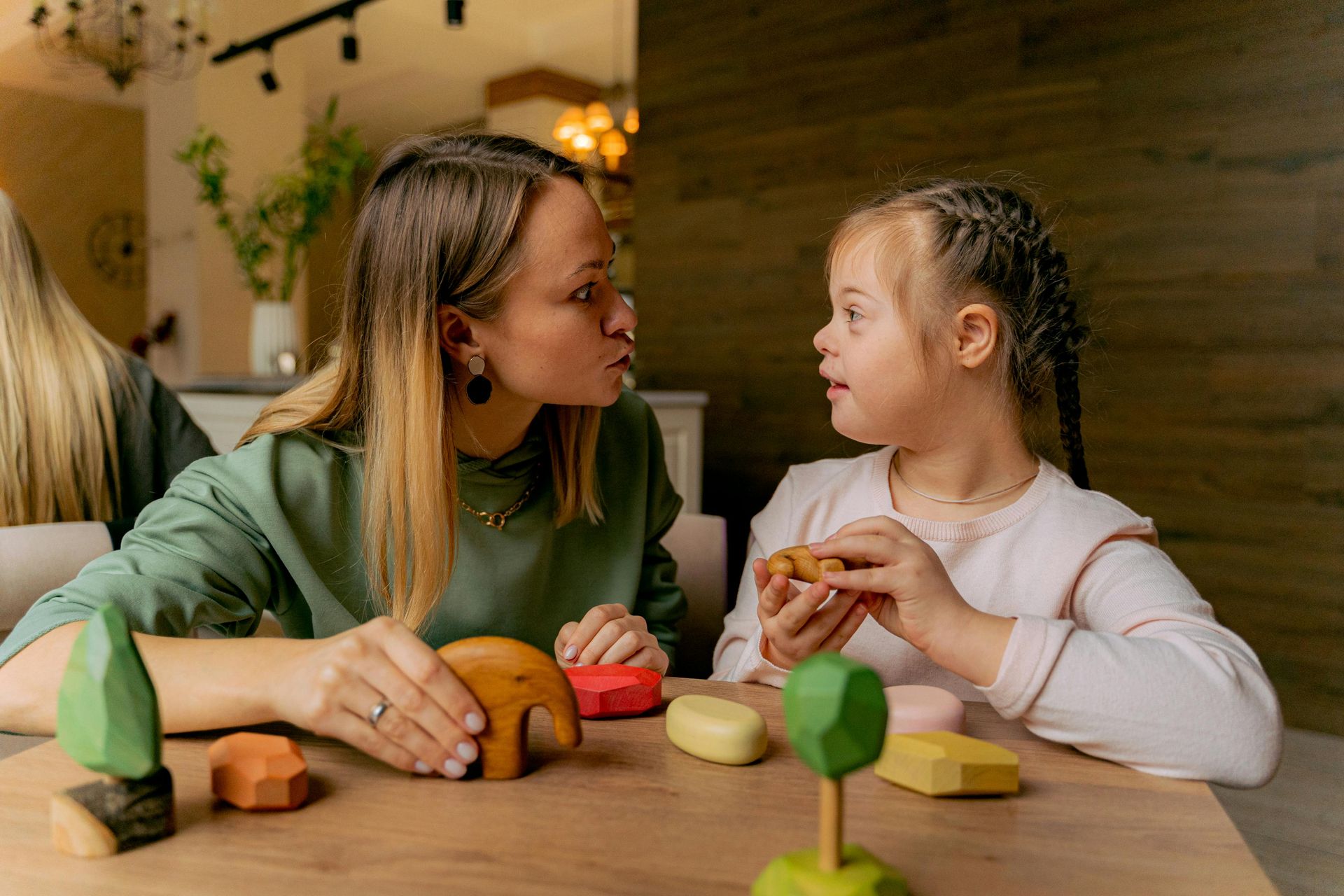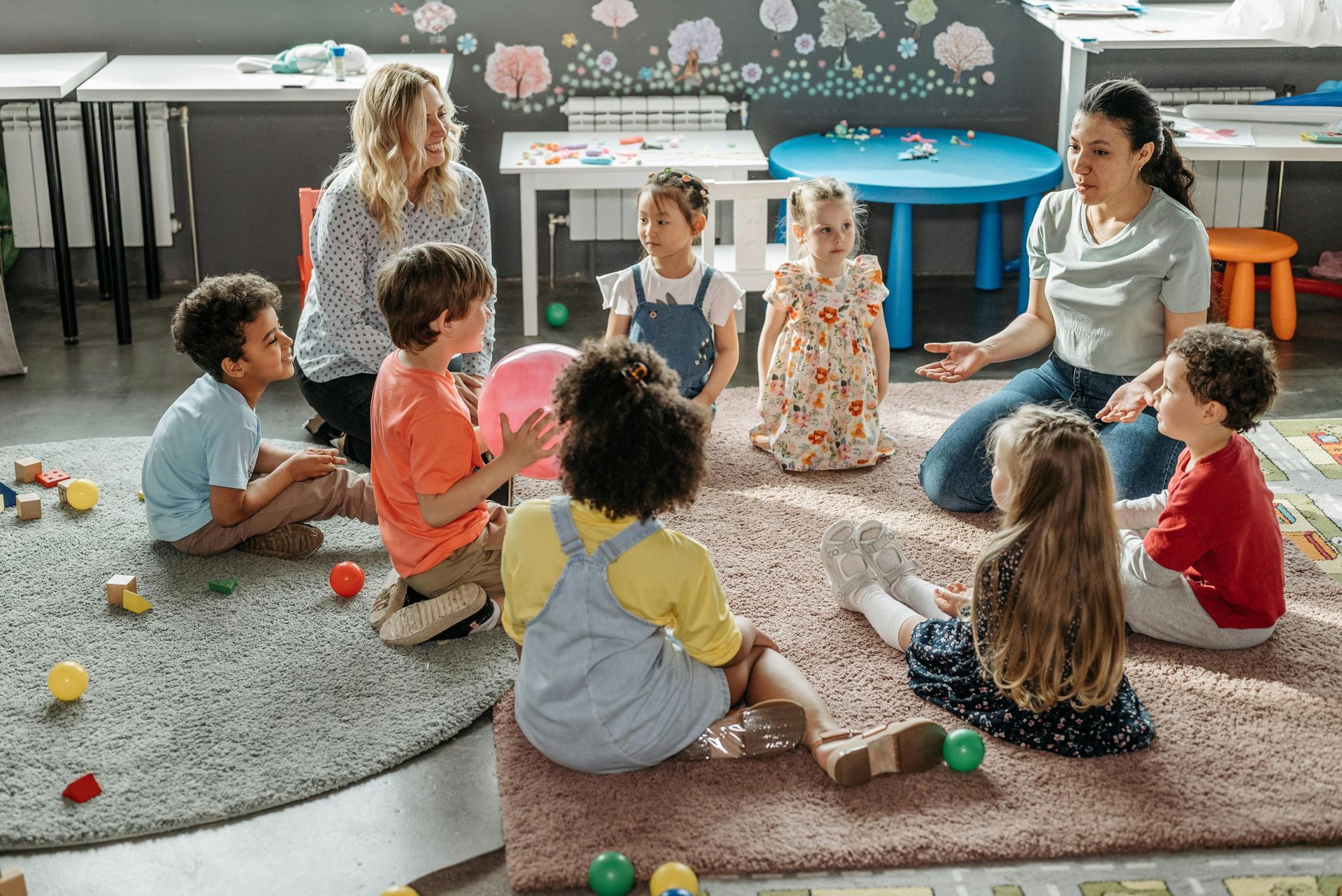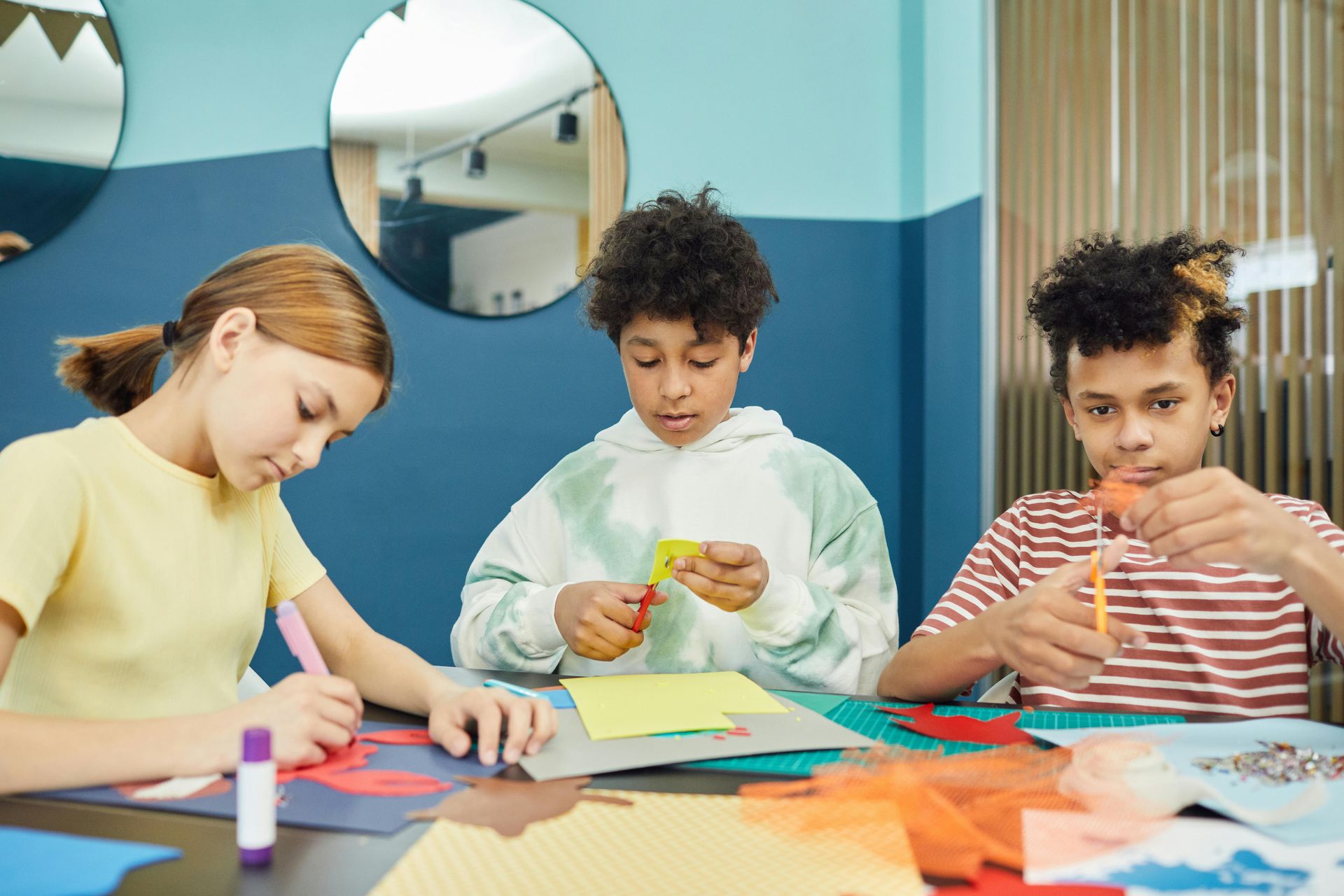Supporting Children with Special Needs in Preschool: Creating an Inclusive Learning Environment

Every child deserves the opportunity to succeed, and that includes children with special needs. Early childhood education is a critical time for children with special needs to receive the support they need to thrive academically, socially, and emotionally. At Kid’s Avenue Learning Center, we are committed to creating an inclusive environment where children of all abilities can learn, grow, and feel valued. In this blog, we’ll discuss the importance of supporting children with special needs in preschool, how to create an inclusive learning environment, and the strategies that can help children with special needs succeed.
What Are Special Needs in Early Childhood Education?
Special needs refers to a wide range of conditions that affect a child’s physical, emotional, social, or cognitive development. These conditions may include developmental delays, learning disabilities, sensory impairments, autism spectrum disorder, speech and language disorders, or physical disabilities. Children with special needs may require additional support, accommodations, or modifications to their learning environment in order to succeed in preschool and beyond.
Supporting children with special needs in preschool is essential because it provides them with early interventions that can make a significant difference in their development. Research has shown that early intervention can help children with special needs build important skills, reduce challenges, and increase their chances of academic success later in life.
Creating an Inclusive Learning Environment
An inclusive learning environment is one where all children, regardless of ability, are given the opportunity to learn and participate fully. At Kid’s Avenue Learning Center, we create an inclusive environment by ensuring that our classrooms are accessible, welcoming, and supportive of all children. Here are some ways we promote inclusivity:
- Differentiated Instruction: Teachers at Kid’s Avenue use differentiated instruction to meet the individual needs of all children. This means that teachers modify their teaching methods and materials to accommodate different learning styles, abilities, and needs. For example, if a child has difficulty with verbal communication, a teacher may use visual aids or assistive technology to help the child engage with the lesson.
- Collaboration with Specialists: Kid’s Avenue works closely with special education specialists, speech therapists, occupational therapists, and other professionals to provide additional support for children with special needs. These specialists work with teachers to develop individualized education plans (IEPs) and provide targeted interventions that address the child’s unique needs.
- Fostering Social Inclusion: It’s important for children with special needs to feel included and valued by their peers. Teachers at Kid’s Avenue create opportunities for children to work together in small groups and engage in collaborative activities. They also teach children how to be inclusive and supportive of one another, fostering empathy and understanding.
- Providing Sensory-Friendly Spaces: Some children with special needs, such as those with sensory processing disorders or autism spectrum disorder, may become overwhelmed by bright lights, loud noises, or busy environments. At Kid’s Avenue, we provide sensory-friendly spaces where children can take a break and regulate their emotions when they feel overstimulated.
Strategies for Supporting Children with Special Needs
Supporting children with special needs requires patience, understanding, and individualized approaches. Here are some strategies that teachers and parents can use to support children with special needs in preschool:
- Use Visual Supports: Visual aids, such as pictures, charts, and schedules, can help children with special needs understand expectations and follow routines. Visual supports provide clarity and structure, making it easier for children to navigate their day.
- Provide Clear and Simple Instructions: Children with special needs may struggle to process complex instructions. Teachers and parents can support these children by breaking down tasks into smaller steps and using clear, simple language.
- Encourage Peer Interactions: Social interactions with peers are essential for all children, especially those with special needs. Teachers can facilitate opportunities for children to work together in pairs or small groups, encouraging cooperative play, communication, and teamwork.
- Implement Positive Reinforcement: Positive reinforcement helps children with special needs stay motivated and focused. Teachers and parents can use praise, rewards, and encouragement to reinforce desired behaviors and accomplishments.
- Promote Self-Regulation Skills: Teaching children how to manage their emotions and behaviors is essential for success in preschool and beyond. Teachers can model self-regulation strategies, such as deep breathing or taking breaks, and provide children with tools to help them calm down when they feel upset or overwhelmed.
The Role of Parents in Supporting Children with Special Needs
Parents play a vital role in supporting children with special needs, both at home and in collaboration with teachers. Here are some ways parents can help their children succeed in preschool:
- Stay Involved: It’s important for parents to stay involved in their child’s education by communicating regularly with teachers and attending IEP meetings. Collaboration between parents and teachers ensures that children receive the support they need.
- Provide Consistent Routines: Children with special needs often thrive in structured environments. Parents can help their children by establishing consistent routines at home, which will help children feel more comfortable and confident in the preschool setting.
- Advocate for Your Child: Parents can be strong advocates for their children by ensuring they receive the necessary support and accommodations. This may involve requesting specific services, such as speech therapy or occupational therapy, or working with the school to develop an appropriate learning plan for their child.
At Kids Avenue Learning Center, we emphasize nutrition and healthy habits to build a foundation for lifelong health, while also highlighting the benefits of music and movement in early childhood education to support physical and cognitive development.
Conclusion
Supporting children with special needs in preschool is essential for their overall development and success. At Kid’s Avenue Learning Center, we are dedicated to creating an inclusive, supportive environment where all children, regardless of ability, can thrive. Through differentiated instruction, collaboration with specialists, and a focus on social inclusion, we ensure that children with special needs receive the support they need to succeed. By working together with parents and specialists, we can help all children reach their full potential and enjoy a positive, rewarding preschool experience.





















